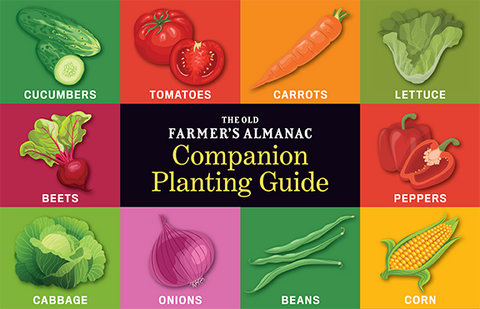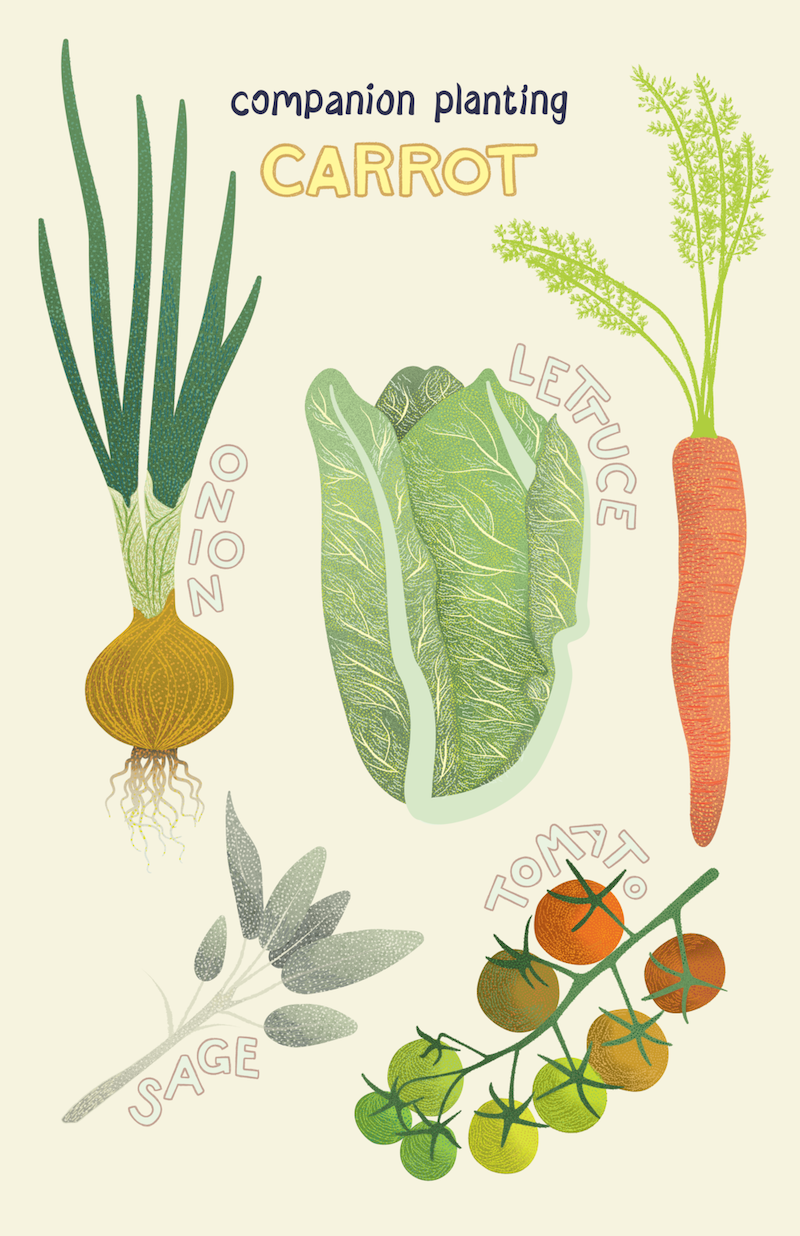The Ultimate Guide To Companion Planting: A Compatible Vegetables Chart To Help You Grow A Healthy And Productive Garden
Introduction
Companion planting is a gardening practice that involves planting certain types of plants together in order to benefit each other. This can be done to attract beneficial insects, deter pests, improve soil quality, or simply to make the most of your growing space.
There are many different benefits to companion planting, including:
- Increased crop yields
- Improved plant health
- Reduced pest and disease problems
- Enhanced pollination
- Improved soil quality
- Increased biodiversity
Main Content
There are a few things to keep in mind when companion planting. First, you need to choose the right plants for each other. Some plants are natural companions, while others can actually harm each other. There are many resources available to help you find compatible plants, such as companion planting charts and books.
Once you have chosen your plants, you need to decide how to arrange them in your garden. You can plant them in rows, in blocks, or in a more informal arrangement. The best way to arrange your plants will depend on the specific plants you are growing and the size of your garden.
In addition to choosing the right plants and arranging them in the right way, you also need to care for your plants properly. This includes watering, fertilizing, and weeding. By taking care of your plants, you will help them to thrive and benefit from each other's presence.
Companion Planting Chart
Here is a companion planting chart that can help you get started:
| Companion Plants | Benefits |
|---|---|
| Basil and tomatoes | Basil repels pests that attack tomatoes, such as aphids and whiteflies. |
| Carrots and onions | Onions repel carrot flies, which can damage carrots. |
| Cucumbers and beans | Beans fix nitrogen in the soil, which benefits cucumbers. |
| Lettuce and marigolds | Marigolds repel aphids, which can damage lettuce. |
| Peas and radishes | Radishes mature quickly and can be used as a "cover crop" to suppress weeds. |
| Potatoes and tomatoes | Potatoes and tomatoes have different root systems and do not compete for nutrients. |
| Spinach and carrots | Spinach shades the soil, which helps to keep carrots cool and prevent them from bolting. |
Conclusion
Companion planting is a simple and effective way to improve your garden's health and productivity. By following the tips in this blog post, you can create a thriving garden that is full of healthy, delicious vegetables.
Additional Resources
- The Companion Planting Chart: https://www.almanac.com/companion-planting-guide-vegetables
- The Beginner's Guide to Companion Planting: https://getbusygardening.com/companion-planting/
- The Ultimate Guide to Companion Planting: https://www.envii.co.uk/garden-blog-post/wildlife-gardening-blog-post/ultimate-guide-to-companion-planting/
Are you looking for a way to improve your vegetable garden? If so, you may want to consider using a compatible vegetables chart. This type of chart shows which vegetables grow well together and which ones should be avoided planting near each other.
There are many different compatible vegetables charts available online. One popular option is Home Gardening. This website offers a free, comprehensive chart that lists over 100 different vegetables and their compatibility with each other.
To use the chart, simply find the vegetables you are planning to plant and see which ones are listed as compatible. If you see any vegetables that are not listed as compatible, you may want to consider planting them in separate areas of your garden.
FAQ of compatible vegetables chart
- What is a compatible vegetables chart?
A compatible vegetables chart is a guide that shows which vegetables grow well together. It can help you to plan your garden so that your plants complement each other and thrive.
- What are the benefits of using a compatible vegetables chart?
There are many benefits to using a compatible vegetables chart, including:
* Increased yields: When plants are compatible, they can help each other to grow better. For example, beans can help to fix nitrogen in the soil, which can benefit other plants.
* Reduced pests and diseases: Some plants can help to repel pests and diseases, which can help to keep your garden healthy. For example, marigolds can help to deter aphids.
* Improved flavor: Some plants can enhance the flavor of other plants. For example, basil can improve the flavor of tomatoes.
- How do I use a compatible vegetables chart?
To use a compatible vegetables chart, simply look up the vegetables that you want to grow. The chart will tell you which other vegetables are compatible with them. You can then plan your garden accordingly.
- What are some common mistakes people make when using compatible vegetables charts?
Some common mistakes people make when using compatible vegetables charts include:
* Not considering the height of the plants: Some plants are taller than others, and they need to be spaced accordingly. If you don't consider the height of the plants, they may end up shading each other out.
* Not considering the sun exposure needs of the plants: Some plants need full sun, while others prefer partial shade. If you don't consider the sun exposure needs of the plants, they may not get enough light or too much light.
* Not considering the water requirements of the plants: Some plants need more water than others. If you don't consider the water requirements of the plants, they may not get enough water or too much water.
- Where can I find a compatible vegetables chart?
There are many places where you can find a compatible vegetables chart. You can find them online, in gardening books, and at garden centers.
Image of compatible vegetables chart
These two vegetables are both heavy feeders, so they benefit from being planted together. The carrots help to break up the soil and improve drainage, while the tomatoes help to deter pests.
Beans and corn are a classic combination of companion plants. The beans fix nitrogen in the soil, which benefits the corn. The corn provides shade for the beans, which helps to protect them from pests.
Lettuce and onions are both cool-weather crops, so they can be planted together in the same bed. The onions help to repel pests, while the lettuce provides a refreshing contrast to the strong flavor of the onions.
Peas and cucumbers are both vining plants, so they can be planted together to help support each other. The peas help to shade the cucumbers, which helps to keep them cool.
Potatoes and beans are both nitrogen-fixing plants, so they benefit from being planted together. The beans fix nitrogen in the soil, which benefits the potatoes. The potatoes provide shade for the beans, which helps to protect them from pests.
Squash and melons are both heavy feeders, so they benefit from being planted together. They also have similar growing requirements, so they can be planted in the same bed.
Swiss chard and carrots are both cool-weather crops, so they can be planted together in the same bed. The Swiss chard provides shade for the carrots, which helps to protect them from pests.
Turnips and radishes are both fast-growing vegetables, so they can be planted together in the same bed. They also have similar growing requirements, so they can be planted in the same location.
Beetroot and lettuce are both cool-weather crops, so they can be planted together in the same bed. The beetroot helps to improve the soil structure, which benefits the lettuce.
Cabbage and cauliflower are both members of the Brassica family, so they benefit from being planted together. They have similar growing requirements, and they can help to deter pests from each other.


Post a Comment for "The Ultimate Guide To Companion Planting: A Compatible Vegetables Chart To Help You Grow A Healthy And Productive Garden"